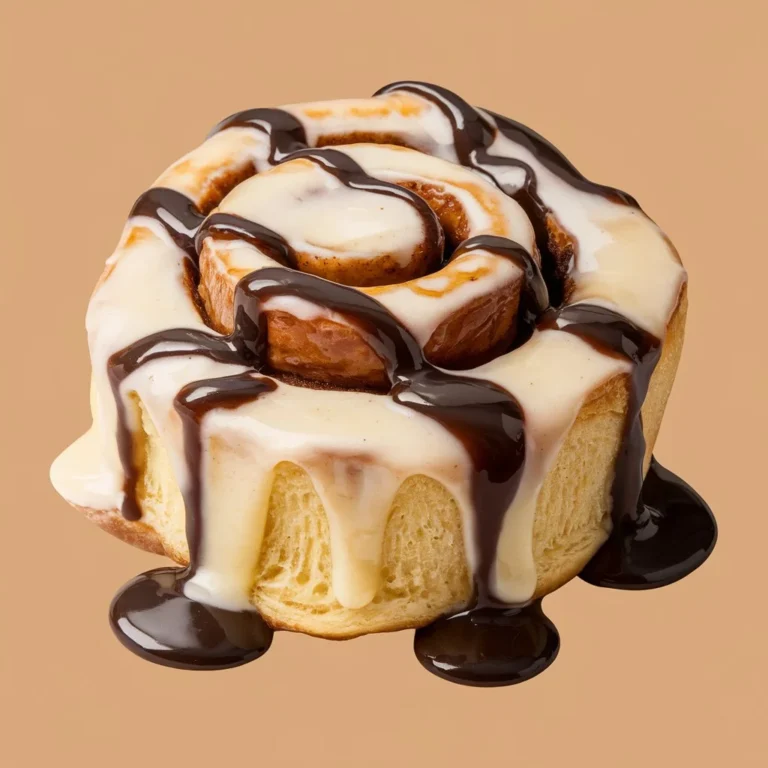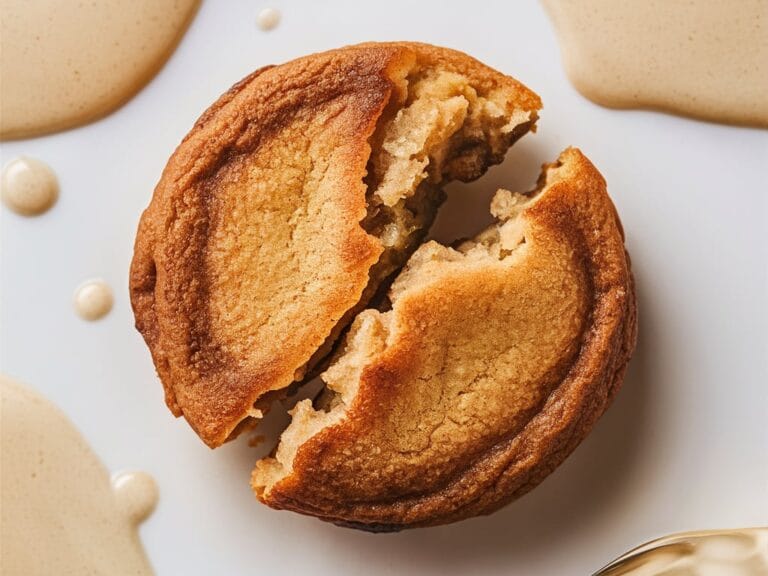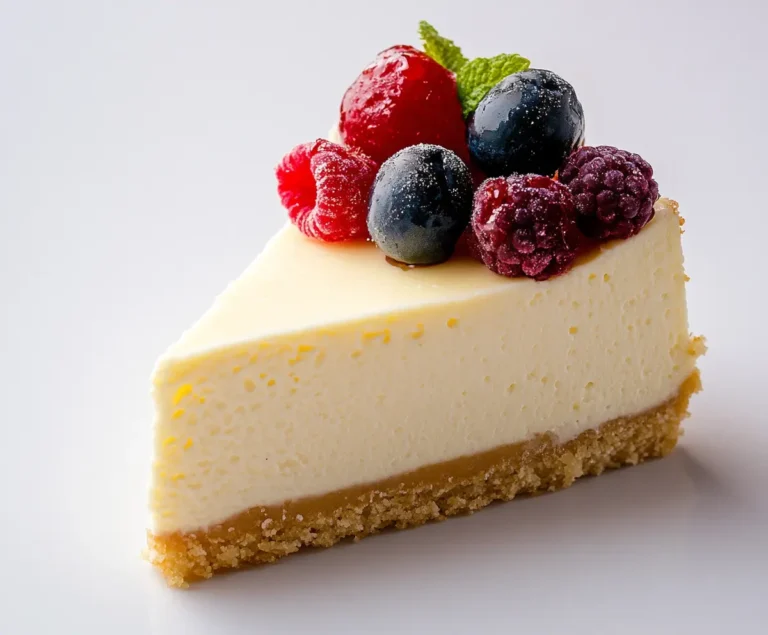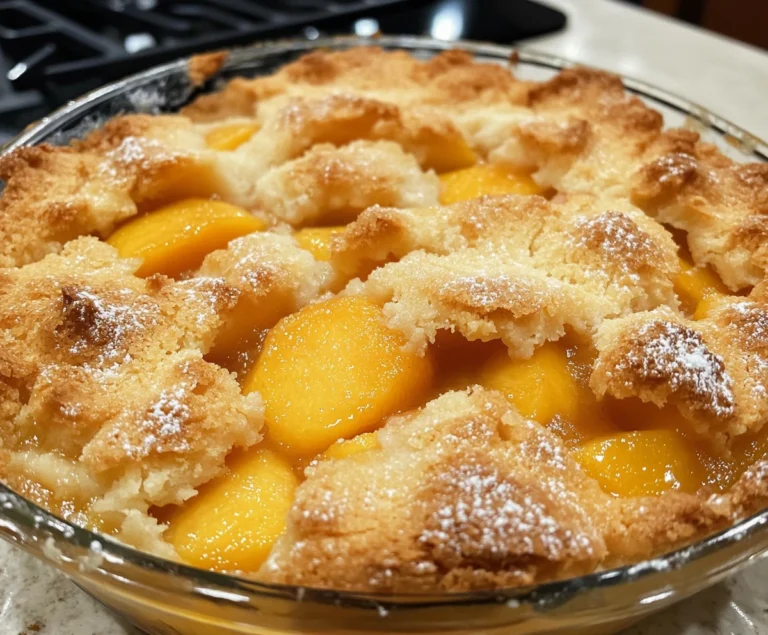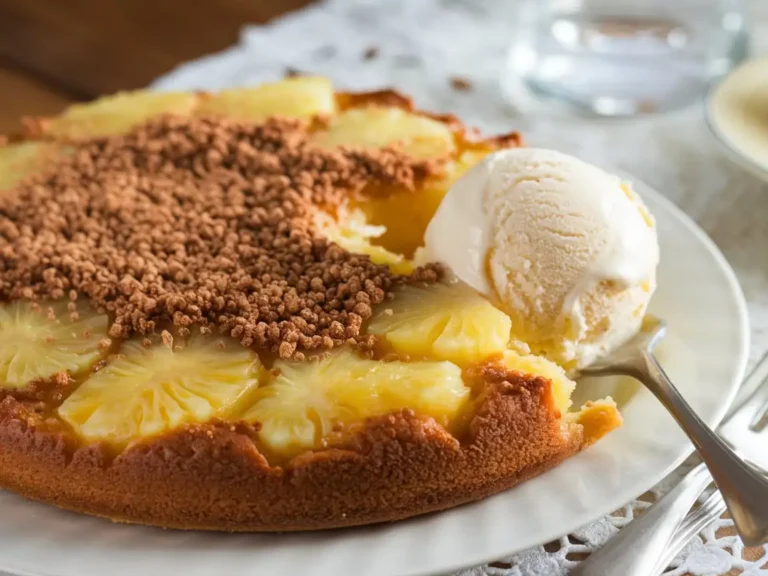Difference between New York style cheesecake and regular cheesecake
What is the Difference Between New York Style Cheesecake and Regular Cheesecake?
Cheesecake is one of the most cherished desserts worldwide, known for its rich flavor and creamy texture. However, cheesecake is not a one-size-fits-all dessert. There are various styles, each with its own unique preparation, ingredients, and flavor profiles. Two of the most famous variations are New York style cheesecake and regular cheesecake. While both types share common ingredients, they differ significantly in texture, richness, and how they are made. In this article, we’ll explore the key differences, dive deep into their ingredients, and even touch on other cheesecake variations, so you can decide which style suits your taste best.
History of Cheesecake
Before diving into the specifics of New York and traditional cheesecakes, it’s essential to understand the origins of this beloved dessert. Cheesecake dates back thousands of years. The earliest form of cheesecake can be traced to ancient Greece, where it was served to athletes during the first Olympic Games around 776 B.C. The recipe was simple, made with pounded cheese, honey, and flour, creating a cake-like treat.
As the Roman Empire expanded, the cheesecake recipe traveled across Europe, evolving with local ingredients and preferences. By the time it reached modern-day Italy and later other European countries, ingredients like ricotta and mascarpone were introduced to give cheesecake a variety of textures and flavors. In the 19th century, when cream cheese was invented in the United States, it became a key ingredient in modern cheesecake recipes.
While many cultures have their own spin on cheesecake, the two most prominent versions in the U.S. today are New York style cheesecake and what many call regular or traditional cheesecake.
Overview of Regular (Traditional) Cheesecake
Traditional cheesecake, often referred to simply as cheesecake, is one of the most versatile and widely recognized forms of the dessert. Its defining feature is the balance between lightness and richness. The core ingredients of traditional cheesecake are typically cream cheese, eggs, sugar, and sometimes a bit of vanilla extract for added flavor. The simplicity of these ingredients makes it the perfect blank canvas for a wide array of toppings and flavor variations.
Key Ingredients in Traditional Cheesecake
- Cream Cheese: The star of traditional cheesecake is undeniably cream cheese, which provides the creamy texture and mild tang that we associate with the dessert.
- Eggs: Eggs act as a binder and help give the cheesecake structure. Without them, the cheesecake would be too soft.
- Sugar: Sugar sweetens the cheesecake and balances the tanginess of the cream cheese.
- Flavorings: Vanilla is the most common flavoring added to traditional cheesecake, but it can also be flavored with lemon zest, chocolate, or other extracts.
What sets traditional cheesecake apart is its light, airy texture. It’s often baked at a lower temperature than New York cheesecake, which allows it to remain soft and creamy. Some recipes also call for water baths, which help to prevent cracks and keep the cheesecake moist.
Variations in Traditional Cheesecake
One of the reasons traditional cheesecake is so beloved is its versatility. It can easily be customized with various toppings, flavorings, and textures. Here are some common variations of traditional cheesecake:
- Fruit-topped Cheesecake: Whether it’s strawberries, blueberries, or mixed berries, fruit is one of the most popular toppings for traditional cheesecake. The sweetness and slight tartness of the fruit beautifully complement the rich, creamy base of the cheesecake.
- Chocolate Cheesecake: For chocolate lovers, this variation infuses chocolate into the cheesecake batter, creating a decadent, rich dessert.
- Caramel and Nuts: Caramel sauce, sometimes paired with toasted pecans or walnuts, offers a sweet and nutty contrast to the tangy cheesecake.
- Lemon or Citrus Cheesecake: Citrus zest or juice adds a refreshing twist to traditional cheesecake. Lemon cheesecake, for instance, is light, tangy, and a favorite during summer months.
Regional Variations of Traditional Cheesecake
Cheesecake recipes often vary based on the region in which they are made. Some international variations include:
- Italian Cheesecake: Made with ricotta cheese, this version is lighter and more crumbly than cream cheese-based cheesecakes. Italian cheesecakes often incorporate lemon or orange zest for a fresh, tangy flavor.
- German Cheesecake: Known as Käsekuchen, German cheesecake typically uses quark, a soft, tangy cheese. It’s usually lighter in texture compared to American cheesecakes.
- Japanese Cheesecake: Known for its light, fluffy texture, Japanese cheesecake is often compared to soufflé. It is less dense and less sweet, with a melt-in-your-mouth texture.
If you enjoy experimenting with different ingredients and toppings, traditional cheesecake is likely the best option for you. For example, check out this recipe for healthy prune cupcakes for a lighter take on baked desserts that pairs well with cheesecake for those who prefer something less rich.
What is New York Style Cheesecake?
Now, let’s turn our attention to the rich, decadent, and indulgent New York style cheesecake. Originating in New York City during the early 20th century, this version of cheesecake was made famous by New York City delis and bakeries, particularly Lindy’s and Junior’s.
What makes New York style cheesecake stand out is its ultra-dense, creamy texture and a tangy flavor that sets it apart from other versions of cheesecake. New York cheesecake is typically served plain or with minimal toppings, allowing the richness of the cake itself to shine.
Key Ingredients in New York Style Cheesecake
- Cream Cheese: Like traditional cheesecake, cream cheese is the main ingredient in New York style cheesecake. However, New York cheesecakes use more cream cheese, making them thicker and richer.
- Sour Cream or Heavy Cream: This is what gives New York cheesecake its signature tang and smooth texture. The addition of sour cream or heavy cream adds richness and helps balance the sweetness.
- Egg Yolks: Unlike traditional cheesecake, New York cheesecake often uses additional egg yolks, which add to the density and richness.
- Vanilla Extract: While not always included, vanilla adds a subtle flavor that complements the tangy cream cheese.
New York cheesecake is baked at a high temperature and then allowed to cool slowly. This creates a dense, firm texture with a smooth surface, free of cracks. The high-fat content and the baking method contribute to the thickness and rich mouthfeel that define New York cheesecake.
The Unique Baking Process
One of the keys to making a perfect New York style cheesecake is the baking method. It is often baked at a high temperature, and then the oven is turned off to allow the cake to cool slowly. This slow cooling prevents the cheesecake from cracking and ensures a smooth, dense texture.
In addition, New York cheesecake doesn’t typically require a water bath like traditional cheesecake. The higher temperature creates a thicker, firmer crust, while the inside remains creamy and soft. This method is also responsible for the characteristic slightly browned edges and top that distinguish New York cheesecake from its counterparts.
If you’re up for the challenge of making an authentic New York cheesecake, be sure to check out more complex desserts like the coffee cupcake recipe with frosting variations for another deliciously rich treat that complements New York cheesecake well.
Key Differences Between New York Style and Traditional Cheesecake
While New York style and traditional cheesecakes share some core ingredients, their differences are significant. Let’s break down the key distinctions between these two iconic dessert styles:
1. Ingredients
- Traditional Cheesecake: The base ingredients include cream cheese, sugar, eggs, and vanilla extract for flavor. Some variations use ricotta, mascarpone, or quark.
- New York Cheesecake: In addition to cream cheese, sour cream or heavy cream is added to create a richer texture. Additional egg yolks also make New York cheesecake denser.
2. Texture
- Traditional Cheesecake: Known for its light and airy texture, traditional cheesecake has a more delicate mouthfeel. It is creamy but not as thick as New York cheesecake.
- New York Cheesecake: New York cheesecake is dense, rich, and ultra-creamy. The additional cream and egg yolks give it a velvety texture that’s much heavier than traditional versions.
3. Flavor
- Traditional Cheesecake: The flavor is mild and can be adapted to include various toppings or flavorings like lemon, chocolate, or fruit.
- New York Cheesecake: The flavor is richer and tangier, thanks to the addition of sour cream. It’s often served plain or with simple toppings, like fresh fruit or a thin fruit glaze, to highlight the cheesecake’s flavor.
4. Baking Method
- Traditional Cheesecake: Baked at a lower temperature, sometimes in a water bath, to achieve a soft, creamy texture. It’s less prone to cracking.
- New York Cheesecake: Baked at a higher temperature, which helps create a thick, firm crust while maintaining a dense, creamy interior. It’s also prone to cracking if not cooled properly.
5. Toppings and Variations
- Traditional Cheesecake: Traditional cheesecake serves as a blank canvas for various toppings. You can add fruit, chocolate, caramel, nuts, or even flavored syrups.
- New York Cheesecake: New York cheesecake is often served plain or with a light topping, like strawberries, to let the richness of the cheesecake take center stage.
Other Cheesecake Variations Worth Exploring
While New York style and traditional cheesecakes are the most well-known, many other cheesecake varieties around the world are worth trying. Here are some popular alternatives:
1. Basque Cheesecake
Basque cheesecake is a popular dessert that originated in Spain. Unlike traditional or New York cheesecakes, Basque cheesecake is intentionally burnt on the outside, which gives it a unique flavor and appearance. The inside is light and creamy, contrasting with the darker, caramelized top. The use of very high temperatures when baking gives Basque cheesecake its soufflé-like texture.
2. No-Bake Cheesecake
For those looking for a quicker, easier option, no-bake cheesecake is an excellent alternative. Instead of being baked in an oven, no-bake cheesecake is set using gelatin or another thickening agent and chilled in the refrigerator. The result is a lighter, fluffier texture compared to baked cheesecakes. This type of cheesecake is often flavored with fruit, whipped cream, or even chocolate.
3. Vegan Cheesecake
As more people adopt plant-based diets, vegan cheesecake has become a popular alternative to traditional dairy-based recipes. Vegan cheesecakes often use ingredients like cashews, coconut milk, or almond milk to replicate the creamy texture of regular cheesecake. Instead of cream cheese, you might find recipes calling for blended cashews or tofu, which mimic the richness of traditional cheesecake.
Popular Cheesecake Flavors and Innovations
Cheesecake is one of the most versatile desserts, with an endless array of flavor combinations. Some of the most popular flavors include:
- Classic Flavors: Vanilla, lemon, and chocolate are classic flavors that pair beautifully with both traditional and New York cheesecakes. These flavors can be incorporated into the cheesecake batter or used as a topping.
- Fruit Flavors: Strawberry, raspberry, and blueberry cheesecakes are perennial favorites. Fresh fruit or fruit compote can be layered on top of the cheesecake or swirled into the batter for a burst of flavor.
- Caramel and Nut Variations: Salted caramel cheesecake with a toasted pecan or walnut crust is an indulgent variation that’s perfect for caramel lovers.
- Chocolate Variations: Chocolate lovers will enjoy variations like double chocolate cheesecake or chocolate peanut butter cheesecake, which can incorporate chocolate chips, cocoa powder, or melted chocolate into the batter.
For those who love experimenting with unique flavors, you might also enjoy trying this mini cupcake recipe, which showcases various cupcake flavor combinations. Cupcakes and cheesecake can complement each other beautifully when served together, offering a fun twist on dessert platters.
Nutritional Comparison Between New York and Traditional Cheesecake
When it comes to nutrition, cheesecake is an indulgent treat, and both New York style and traditional versions are rich in calories, fats, and sugars. However, there are some nutritional differences between the two.
- New York Cheesecake: With its additional cream cheese, sour cream, and egg yolks, New York cheesecake tends to be higher in fat and calories compared to traditional cheesecake. A single slice of New York cheesecake can range from 300-500 calories, depending on the size and ingredients.
- Traditional Cheesecake: While still high in fat and calories, traditional cheesecake may be slightly lighter due to its simpler ingredient list. However, variations that include chocolate, caramel, or whipped cream toppings can quickly add to the calorie count.
If you’re looking for a healthier alternative, consider trying vegan or low-sugar cheesecake options. Using cashew or almond bases, vegan cheesecakes are often lower in calories and fat than their traditional counterparts. Additionally, low-fat cream cheese or Greek yogurt can be used in traditional recipes to create a lighter version of cheesecake without sacrificing flavor.
FAQs About New York and Regular Cheesecake
- What is the key difference between New York style cheesecake and regular cheesecake?
- The main difference is the texture and richness. New York cheesecake is much denser and richer due to the extra cream cheese, sour cream, and egg yolks. In contrast, traditional cheesecake is lighter and airier.
- Is New York cheesecake healthier than traditional cheesecake?
- No, New York cheesecake tends to be higher in calories and fat due to the additional ingredients. Traditional cheesecake may be lighter, but both versions are indulgent desserts.
- Can I make a traditional cheesecake with a New York cheesecake recipe?
- While the ingredients are similar, New York cheesecake has a unique baking method and additional ingredients like sour cream and heavy cream, which make it denser. You can modify the recipe, but the texture will differ.
- What toppings are best for each type of cheesecake?
- New York cheesecake is often served plain or with light toppings like fresh fruit. Traditional cheesecake can be served with a variety of toppings, including fruit, chocolate, caramel, and whipped cream.
- Is it necessary to use a water bath when baking cheesecake?
- A water bath helps prevent cracks in traditional cheesecakes. However, New York cheesecake is often baked without a water bath and at a higher temperature, which creates a denser texture.
Conclusion
Both New York style cheesecake and traditional cheesecake are iconic desserts with unique qualities. If you prefer a rich, dense dessert, New York cheesecake is the perfect choice. On the other hand, if you like a lighter, more versatile dessert that pairs well with a variety of toppings, traditional cheesecake is the way to go.
Ultimately, the type of cheesecake you prefer will depend on your taste preferences. Whether you’re a fan of the tangy richness of New York cheesecake or the delicate creaminess of traditional cheesecake, there’s no denying that cheesecake is a dessert that will continue to stand the test of time.


